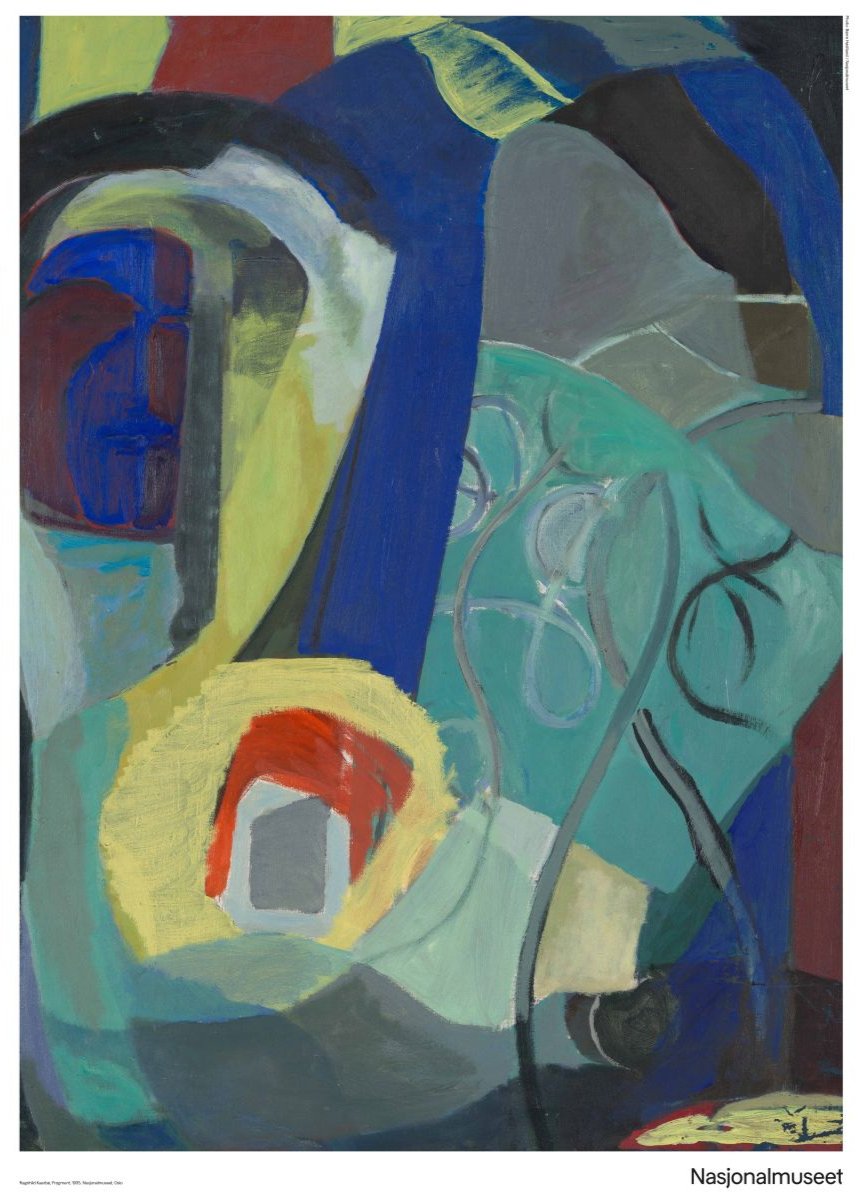Ragnhild Kaarbø
Fragment
Fragment
Regular price
150,00 NOK
Regular price
Sale price
150,00 NOK
Unit price
per
Tax included.
Shipping calculated at checkout.
Couldn't load pickup availability
About the original:
Date: 1935
Designation: Painting
Material and technique: Oil on canvas
Technique: Oil
Material: Canvas
Dimensions: H 65 x W 53 x D 2 cm
Subject: Visual arts
Classification: 532 - Visual arts
Motif: Abstract
Style period: Modernism
Acquisition: Purchased from the Artists' Association, 2021
Inventory no.: NMK.2021.0197
Registration level: Single object
Owner and collection: The National Museum of Art, Architecture and Design, Visual Art Collections
Photo: Børre Høstland


See all works
-
Composition
Vendor:Ragnhild KaarbøRegular price From 150,00 NOKRegular priceUnit price per -
Composition with head
Vendor:Ragnhild KaarbøRegular price From 150,00 NOKRegular priceUnit price per






